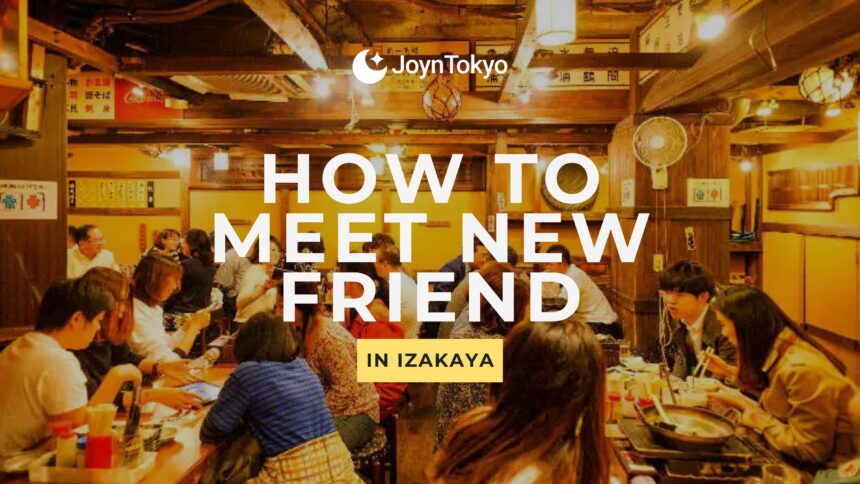Tsukimi (often referred to as Otsukimi) is one of Japan’s most cherished cultural events, celebrating the beauty of the autumn moon and the abundance of food granted to us by the harvest season. In 2025, Tsukimi falls on October 6, presenting a perfect opportunity for residents and visitors alike to immerse themselves in this timeless tradition. From its deep historical origins to its modern-day twists, Tsukimi offers a glimpse into the heart of Japanese culture.
Understanding the Origins and Meaning of Tsukimi
Before delving into specific ways to celebrate, it helps to understand why Tsukimi remains so significant in Japan today.
Historical Roots
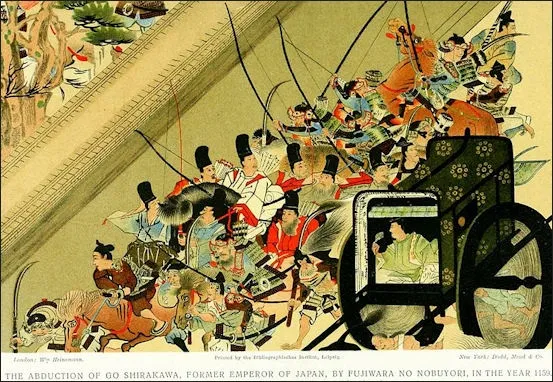
Tsukimi has a history rooted in the Heian period (794–1185), originating from aristocratic moon-viewing gatherings where poetry was composed under the moonlight. Over centuries, this elegant pastime evolved into a broader tradition shared by families and communities throughout Japan.
Cultural Significance
Beyond simple moon-gazing, Tsukimi is an act of gratitude for nature’s cycle. Offerings such as Tsukimi dango (small rice dumplings) and pampas grass invite good fortune and a fruitful harvest. This tradition underscores the Japanese appreciation for finding beauty and meaning in everyday moments—especially on a clear autumn night.
Traditional and Modern Tsukimi Foods
Tsukimi celebrations often highlight specific foods that echo the moon’s shape or symbolize seasonal abundance.
Tsukimi Dango
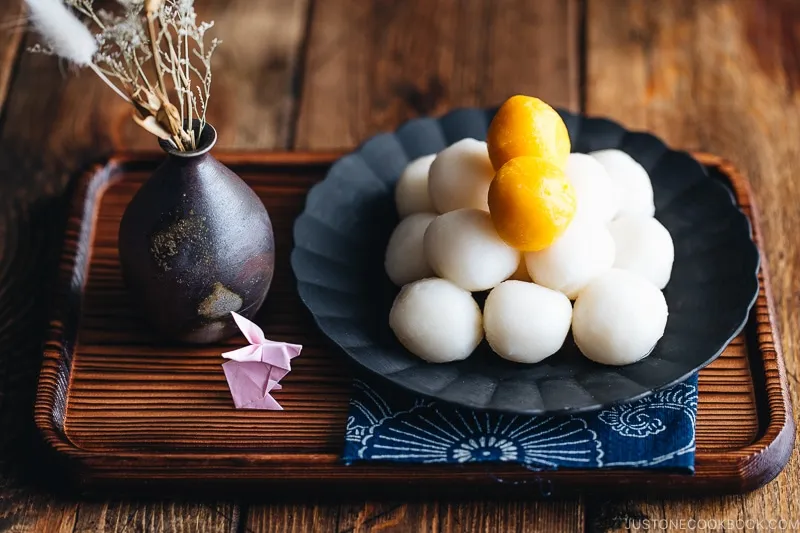
These classic offerings are usually arranged in a small pyramid to represent the full moon. Families place them where the moon can be seen, and after the viewing, the dango are shared among friends and neighbors. Their mild sweetness embodies the gentle, communal spirit of Tsukimi.
Tsukimi Udon, Soba, and Burgers
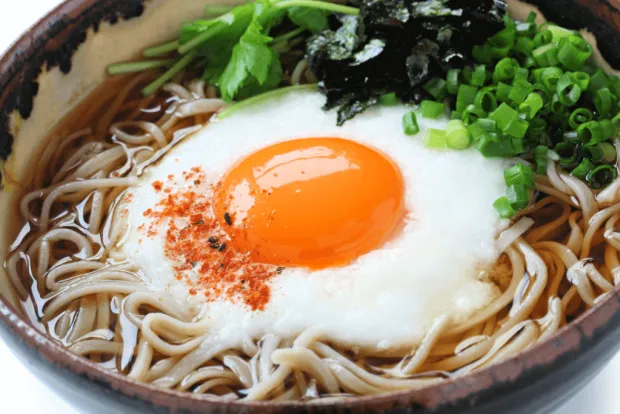
Restaurants frequently release “Tsukimi” menu items in autumn. Tsukimi udon and soba feature a raw egg — its round yolk evoking the moon — topping the noodles, while Tsukimi burgers top the patty with an egg. These modern twists highlight how tradition and innovation blend seamlessly in Japanese food culture.
Top Spots to Enjoy Tsukimi in 2025
While you can celebrate Tsukimi from the comfort of your home, certain locations offer unique moon-viewing atmospheres.
Urban Skylines and Historical Gardens
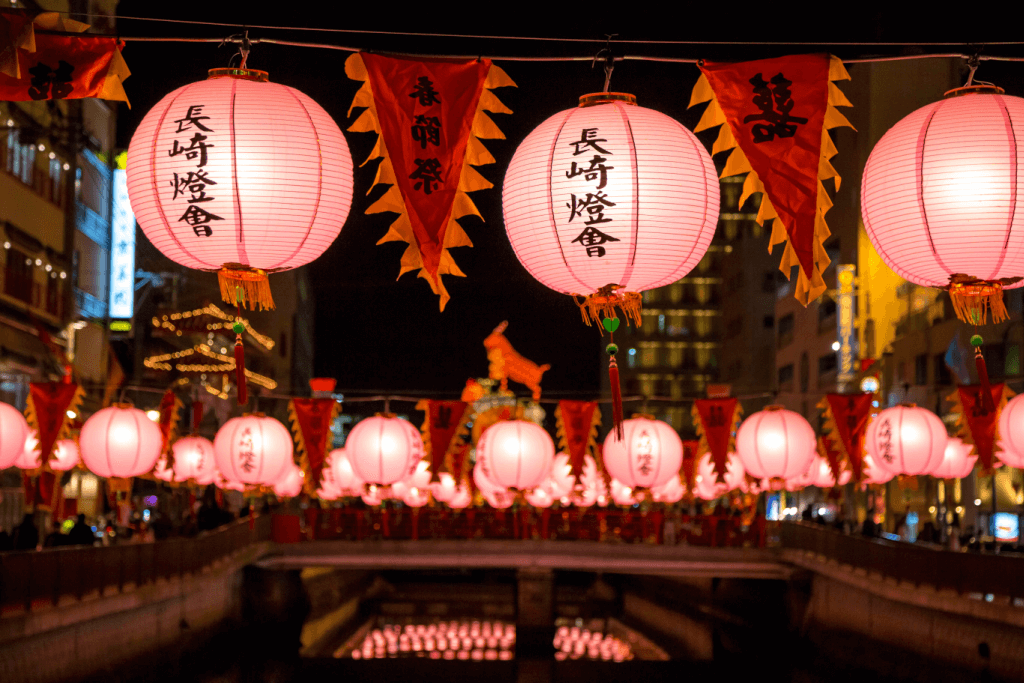
Major cities like Tokyo and Osaka host Tsukimi events on rooftop gardens, observation decks, or riverbanks, creating a contrast between moonlit skies and urban lights. Traditional gardens and castle grounds may hold candlelit paths, tea ceremonies, or live musical performances, offering a tranquil escape in the midst of city life.
Local Community Festivals

Many local communities organize Tsukimi festivals that feature musical performances, cultural demonstrations, and communal offerings to the moon. These events are a welcoming way for newcomers to immerse themselves in Japanese traditions. Check local event listings, tourist information centers, or municipal websites for the latest Tsukimi 2025 updates.
Tips for Foreigners Participating in Tsukimi
The reflective nature of Tsukimi means that elaborate plans aren’t necessary — enjoy it at your own pace.
Community Engagement
Joining local language exchange groups or cultural workshops focused on Tsukimi can enrich your experience. Sharing moon-related phrases, tasting Tsukimi dango together, or attending a group picnic under the moon are great ways to connect with new friends.
Deepening Cultural Insight
Encountering Tsukimi often sparks curiosity about other Japanese seasonal events, as many celebrate the harmony between people and nature. Observing the autumn moon on October 6, 2025, might inspire further exploration of Japan’s festival calendar, from springtime cherry blossoms to summertime fireworks.
Embrace Tsukimi 2025 Under the Moonlit Sky
Tsukimi 2025 offers a unique chance to appreciate Japan’s cultural heritage through the lens of the autumn moon. Whether you savor a quiet moment at home with your own Tsukimi dango or join a lively local festival, the essence remains the same: pause, look up, and connect with the universal wonder that binds us under one sky.
More Must Know Cultural Events in Japan
Check out our relative articles for more iconic Japanese cultures!







